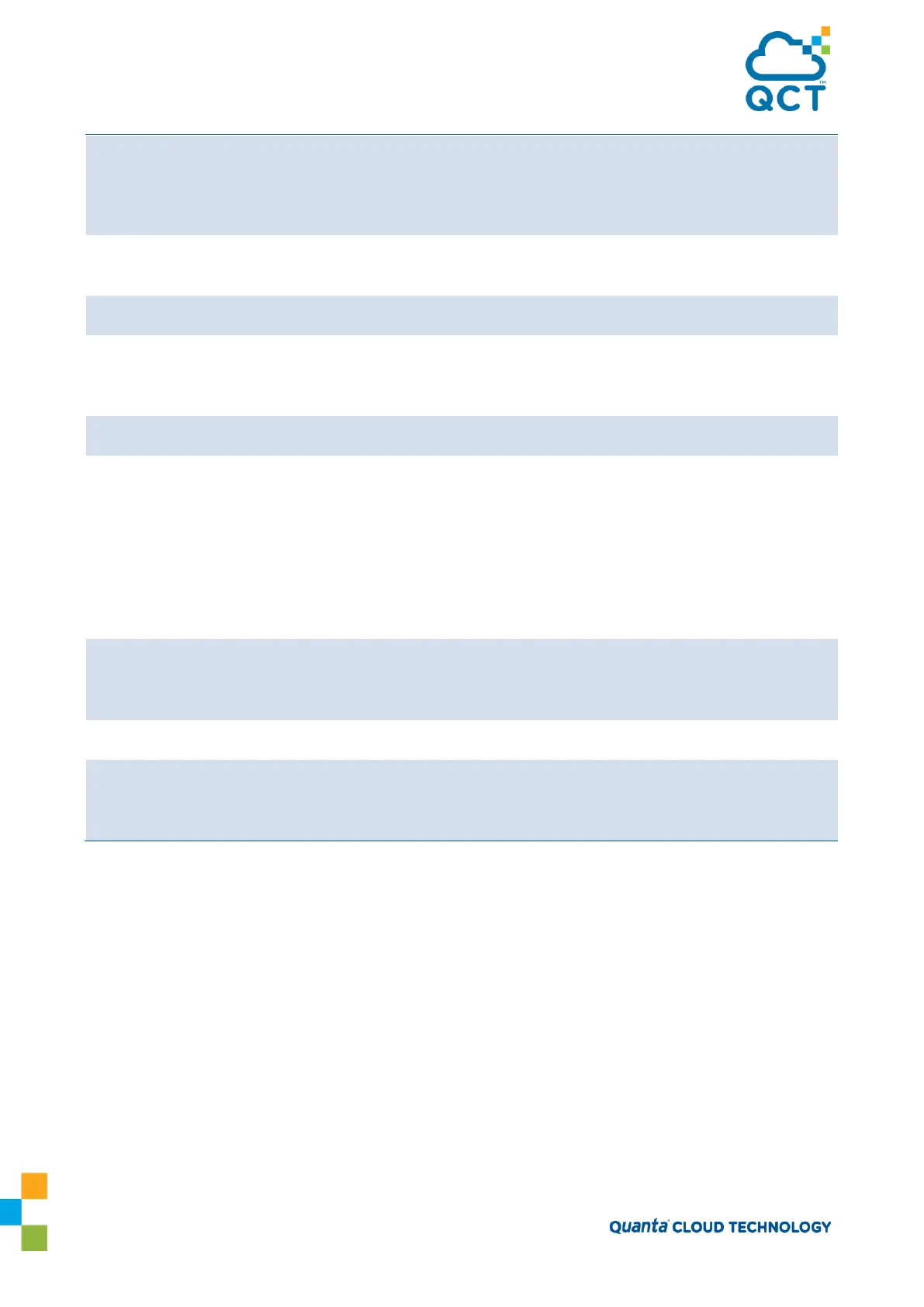216
targets.
In the current implementation, BGP does not support either of the above
mentioned functionalities.
The current release supports VRF-Lite only for IPv4. IPv6 data forwarding and
protocols are not currently supported.
The current Virtual Routing release supports only IPv4 unicast routing.
PBR is a routing policy feature useful in overriding routing decisions with
programmable rules. PBR is supported only in the default router in the current
release.
DHCP Server is not VR-aware in the current release.
The IP Source Guard (IPSG) feature uses DHCP snooping to allow only packets
from known sources. IPSG uses DHCP Snooping to snoop the DHCP addresses
allocated to connected hosts. The tuple (IP, MAC, VLAN, Interface) uniquely
identifies a host.
DHCP Snooping is a layer-2 feature and is VRF-agnostic. It works in layer-2 of any
VLAN irrespective of whether it belongs to a default router or any virtual router.
It applies to all protocols working at L2.
IP Helper relays the broadcast packets received on a Routing interface in the VRF
context to the configured server address. The server is looked up in the RTO
specific to that VR only. Relay across VRs is not supported.
The applications using existing OpEN APIs are not affected by the VRF feature.
The VRF feature does not affect the switch layer-2 features such as virtual port
channels (VPC). However, if VPC is planned to be used on VRF-enabled switches,
the VPC ports need to be configured to be in the same routing domain.
Table 7-11: VRF features list
7.9.6. VRF Lite Development Scenarios
The following are two likely deployment scenarios for the VRF-Lite solution:
1. In the Customer edge (CE) devices that interface with the PE (Provider edge) device in the service
provider backbone network to provide VPN connectivity for the Enterprise network sites spread across
different geographical locations across the internet backbone.
In this scenario, the BGP protocol must be running on the device to support feature extensions required to
support:
a. Dynamic route leaking locally between the VRFs to leak the routes to shared services using Route

